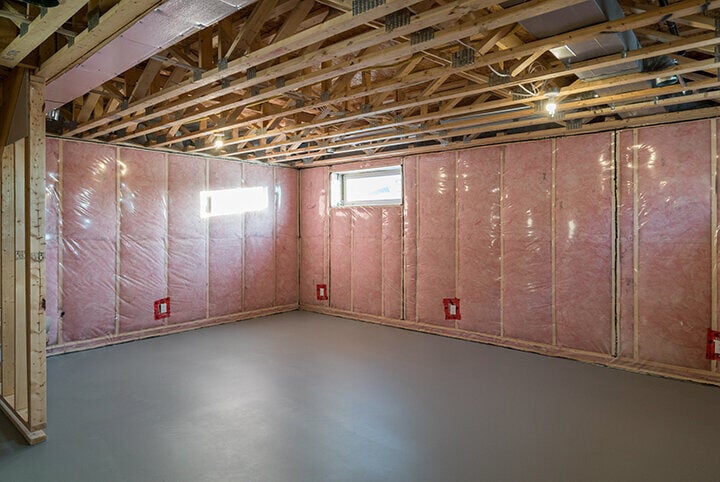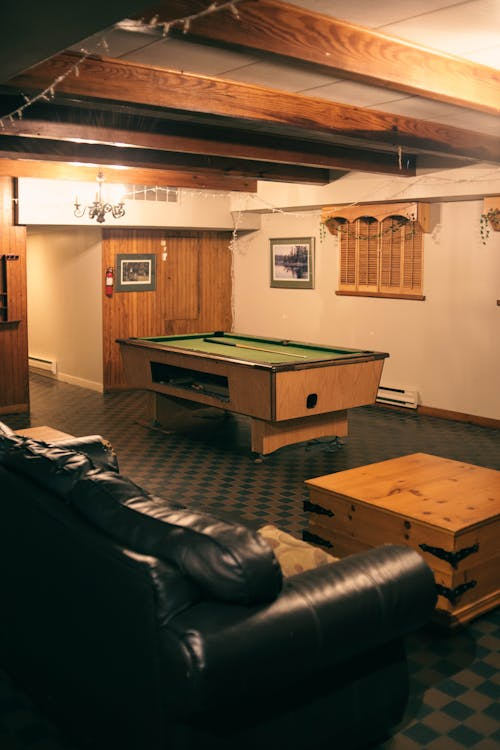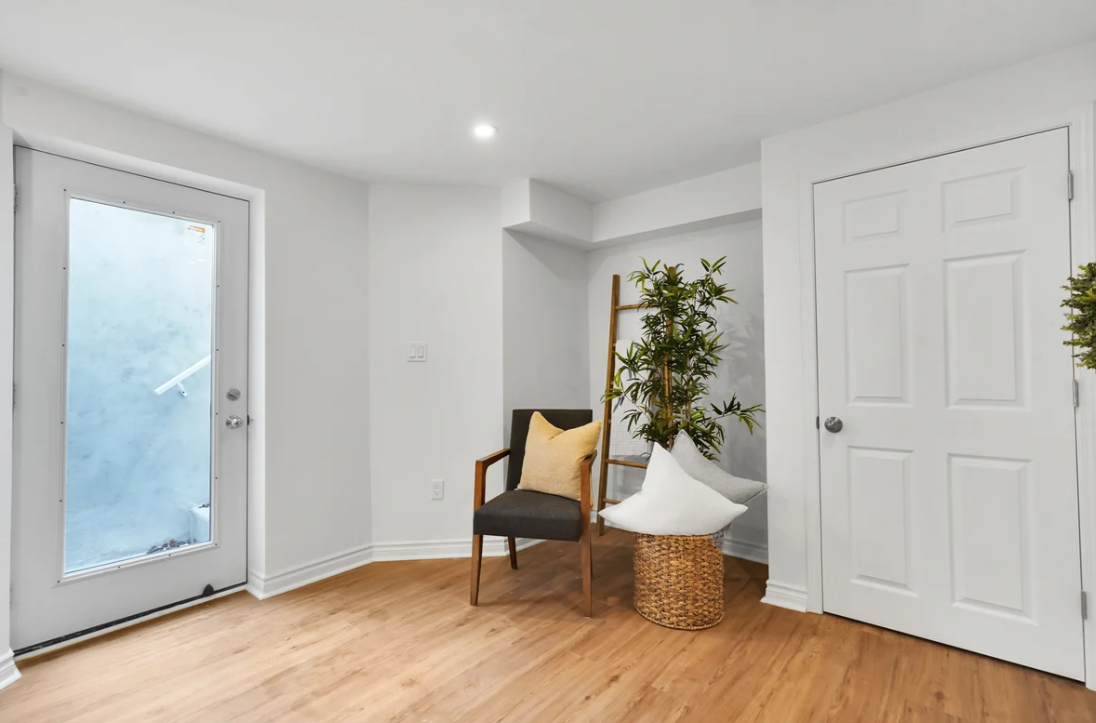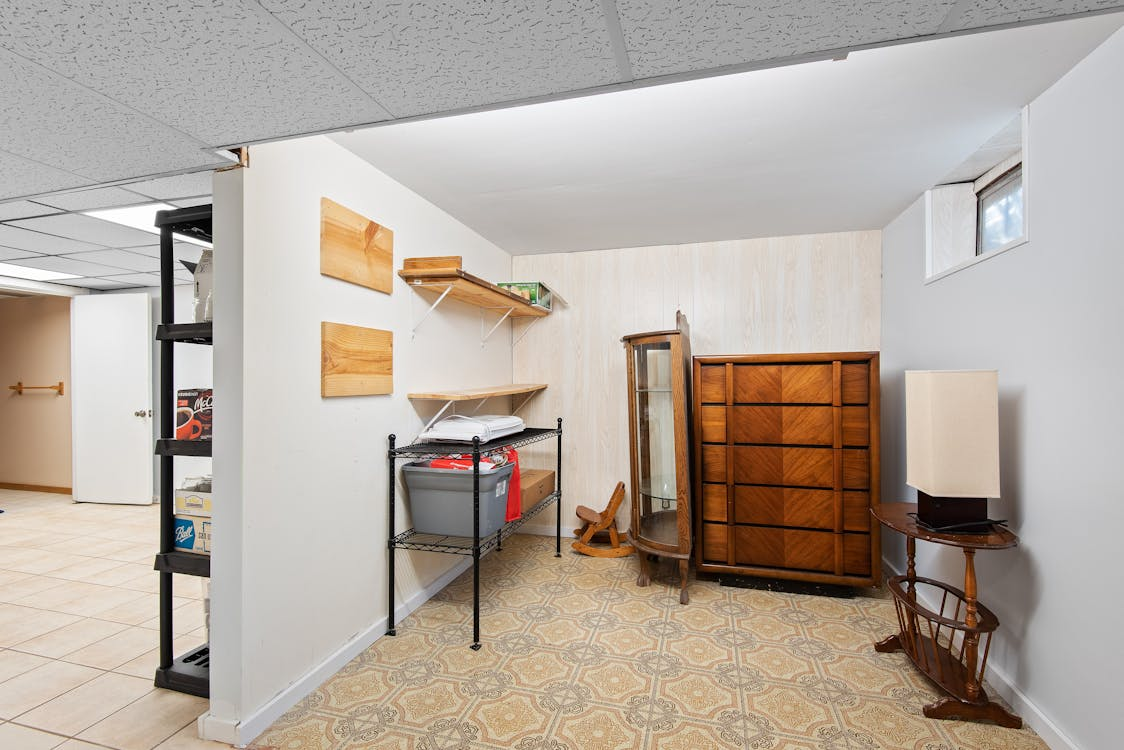Basement Insulation 101: Why It’s Crucial for Your Renovation Project in Clarington
A basement renovation is a big investment, and one of the most critical—yet often overlooked—steps is basement insulation. Without proper insulation,...
7 min read
Quacy Barry Sep 19, 2024 2:36:45 PM

Meeting Ontario’s minimum R-value requirements for basement insulation is essential for maintaining a comfortable, energy-efficient home. By choosing the right insulation materials, following best practices for installation, and potentially upgrading beyond the minimum standards, you can ensure that your basement stays warm in winter, cool in summer, and free from moisture problems.
Investing in proper insulation pays off in the long run by reducing energy bills and improving the overall comfort and durability of your home. Whether you’re renovating a basement in Toronto or another part of Ontario, understanding the importance of R-value will help you make informed decisions that enhance your living space.
Table of Contents
When insulating a basement in Ontario, one of the most important factors to consider is the R-value. The R-value measures an insulation material's resistance to heat flow—the higher the R-value, the better the insulation's ability to prevent heat from escaping or entering your home. Understanding the minimum R-value requirements set by the Ontario Building Code is essential to ensure your basement is energy-efficient and comfortable year-round.
The R-value is a unit of measurement that indicates how well a material resists heat transfer. It reflects the insulation’s ability to trap warm air inside during winter and keep cool air in during summer. Insulation with a higher R-value offers better thermal resistance, improving energy efficiency and reducing heating and cooling costs.
Basements are often cooler than the rest of the house due to their underground position. Without proper insulation, they can become sources of significant heat loss, leading to higher energy bills and discomfort. Effective insulation not only improves energy efficiency but also helps control moisture, preventing issues like mold and dampness.
The Ontario Building Code sets specific R-value requirements for basements to ensure they meet safety, health, and energy-efficiency standards. Insulation requirements may vary depending on the type of basement (finished or unfinished), but in general, the minimum R-value for a basement in Ontario focuses on the walls and floors.
In Ontario, the building code outlines minimum insulation requirements for different parts of the home, including basements. For basement walls, the minimum R-value is based on location and whether the basement is finished. For floors, R-value requirements depend on the installation of a radiant heating system or specific climate zones.
For a finished basement, the Ontario Building Code requires a minimum R-value of R-12 for basement walls when using rigid or spray foam insulation. In cases where batt insulation is used between framing studs, the required R-value can be higher—R-20 or more. This ensures that the basement remains energy-efficient and reduces heat loss.
While basement floors typically do not require insulation under the Ontario Building Code, adding insulation below the concrete slab can enhance energy efficiency, especially in homes with in-floor heating. For floors with radiant heating systems, a minimum R-value of R-10 is recommended to help retain heat and prevent cold air from rising through the basement floor.
Meeting or exceeding the minimum R-value for your basement comes with several advantages that extend beyond energy savings.
Proper insulation helps maintain a consistent temperature in your basement, reducing the workload on your heating and cooling systems. This translates to lower energy bills, making it easier to keep your home warm during Ontario's harsh winters and cool during the hot summer months.
Basement insulation also plays a critical role in moisture control. By reducing the chance of condensation on cold surfaces, you minimize the risk of mold and mildew growth—common issues in basements. Insulating with moisture-resistant materials like rigid foam or spray foam can provide an additional barrier against dampness.
A properly insulated basement is more comfortable to use as a living space. Whether you’re turning your basement into a family room, home office, or gym, insulation helps maintain a stable temperature, making it enjoyable year-round.
When insulating your basement in Ontario, choosing the right material is essential for meeting the required R-value and ensuring long-term energy efficiency. Each insulation type has its own benefits, making it suitable for different parts of the basement. Below are the most commonly used insulation materials:
Rigid foam insulation is one of the most popular choices for basement walls because of its excellent moisture resistance and high R-value per inch. It is typically installed directly against the concrete foundation walls, creating an effective thermal barrier. Rigid foam boards can offer R-values of up to R-6 per inch, making it easier to meet or exceed Ontario’s minimum R-value requirements for basement walls.
Spray foam insulation is another top choice for basement insulation due to its ability to fill every crack and gap, creating an airtight seal. Closed-cell spray foam provides an R-value of around R-6 to R-7 per inch, making it one of the most effective insulation options for basements. It also acts as a vapor barrier, preventing moisture infiltration.
Batt insulation (fiberglass or mineral wool) is one of the most affordable and commonly used materials for insulating basement walls between studs. However, it usually has a lower R-value per inch compared to rigid foam or spray foam, with an average of R-3 to R-4 per inch. To meet Ontario’s minimum R-value requirements for basement walls, batt insulation is often paired with other materials to reach R-20 or higher.
Achieving the correct R-value for your basement involves more than just choosing the right material. Installation and proper preparation play a key role in ensuring that your insulation performs as intended.
For Ontario’s cold climate, the right insulation material will depend on the specific needs of your basement. Rigid foam or spray foam are ideal for high-performance insulation, especially in basements prone to moisture. For homeowners on a budget, batt insulation combined with proper moisture barriers may also meet code requirements while keeping costs down.
To meet the minimum R-12 to R-20 insulation requirement for basement walls, you may need to combine different insulation types. For example, using rigid foam boards on the concrete walls combined with batt insulation in between framing studs can help you achieve the required R-value while also controlling moisture.
While there’s no mandatory R-value for basement floors, insulating below the concrete slab can improve comfort, especially in basements with in-floor heating. Installing R-10 rigid foam below the slab can help prevent heat loss and improve energy efficiency.
Improper insulation installation can lead to cold spots, moisture issues, and heat loss. Here are a few common mistakes to avoid:
While meeting the minimum R-value for a basement in Ontario is essential, upgrading to a higher R-value can offer long-term benefits in terms of energy efficiency and comfort.
Exceeding the minimum R-value requirement can significantly improve your home’s energy efficiency. For example, instead of stopping at R-12, upgrading to R-20 or higher for basement walls will reduce heat loss and help maintain a stable indoor temperature. This can be particularly valuable if your basement is used as a primary living space.
Using a combination of spray foam and rigid foam can enhance your insulation’s effectiveness. Spray foam can be applied to hard-to-reach areas like corners and around windows, while rigid foam boards can provide a solid, continuous layer of insulation on the walls. This hybrid approach maximizes thermal performance while ensuring airtightness.
While high-efficiency insulation materials like spray foam may come with higher upfront costs, the return on investment (ROI) is often worth it. In Ontario’s climate, better insulation reduces heating and cooling bills over time, meaning you can recoup the extra expense through energy savings.
The cost of insulating a basement depends on the type of insulation you choose, the size of your basement, and whether you opt for professional installation or a DIY approach.
These costs can vary depending on local contractor rates, the size of the project, and the specific insulation materials chosen.
The cost of insulation is just one part of your overall basement renovation project. However, it can have a significant impact on the total budget. Proper insulation not only reduces energy costs but also adds to the longevity and comfort of your finished basement, making it a valuable investment in the long term.
What is the minimum R-value for a basement in Ontario?
The minimum R-value for basement walls in Ontario is typically R-12 for continuous insulation (like rigid foam), but may be R-20 for framed walls with batt insulation between the studs.
How does R-value impact energy efficiency?
A higher R-value means better insulation, which reduces heat loss and lowers energy consumption. This leads to improved energy efficiency and lower utility bills.
Can I insulate my basement walls without a permit?
In most cases, insulating your basement will require a building permit, especially if you are finishing the space or making structural changes. Check with your local municipality for specific requirements.
What type of insulation is best for cold Ontario winters?
Rigid foam and spray foam are excellent choices for Ontario winters because they provide high R-values and are resistant to moisture, making them ideal for basement walls.
How much does it cost to insulate a basement?
The cost of insulating a basement in Ontario typically ranges from $1,500 to $5,000, depending on the size of the space and the type of insulation used.

A basement renovation is a big investment, and one of the most critical—yet often overlooked—steps is basement insulation. Without proper insulation,...

If you’re planning to finish your basement, energy savings might not be the first thing that comes to mind—but it should be. Energy-efficient...

Thinking about a basement renovation but worried about high energy costs? An energy-efficient basement renovation not only lowers your utility bills...